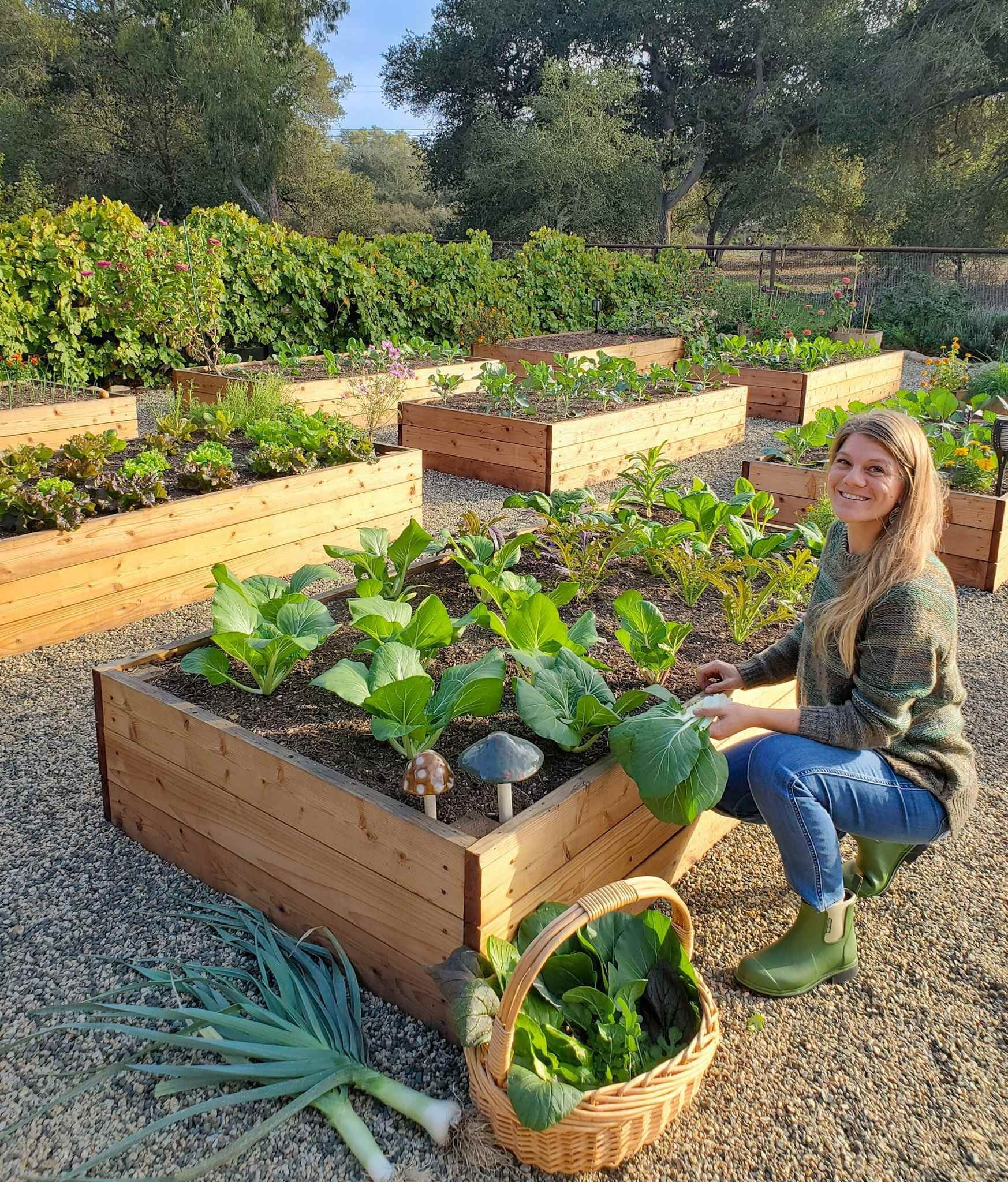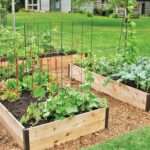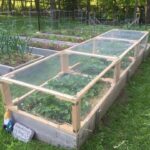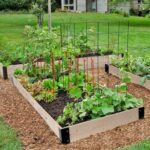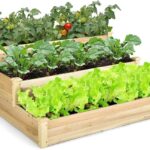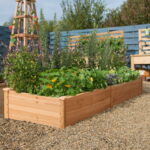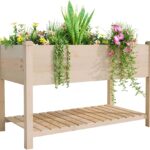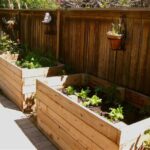Planter box vegetable gardens are a great way to grow fresh produce in a limited space. These compact and convenient gardens are perfect for urban dwellers, those with small yards or balconies, or anyone looking to add some greenery to their living space. With a little bit of planning and effort, you can enjoy a bounty of fresh vegetables right outside your door.
One of the main advantages of planter box vegetable gardens is their versatility. They can be placed on patios, balconies, rooftops, or anywhere else that receives adequate sunlight. This makes them ideal for those with limited outdoor space or who live in apartments or condos. You can also move the boxes around to follow the sun or to create visual interest in your outdoor space.
When planning your planter box vegetable garden, consider the size of the boxes and the types of vegetables you would like to grow. Most vegetables need at least 6-8 hours of sunlight per day, so make sure to place your boxes in a sunny spot. You can also choose containers of different sizes and shapes to accommodate different types of plants. For example, larger boxes are great for tomatoes, peppers, and cucumbers, while smaller boxes are perfect for herbs, lettuce, and radishes.
Before planting your vegetables, make sure to fill your planter boxes with high-quality soil. You can either purchase a pre-mixed potting mix or create your own using a combination of compost, peat moss, and vermiculite. Make sure the soil is well-draining and has good aeration to promote healthy root growth. You can also add organic fertilizer or compost to provide nutrients for your plants.
Watering is a critical aspect of maintaining a planter box vegetable garden. Make sure to water your plants regularly, especially during hot weather. Check the moisture level of the soil by sticking your finger into the soil up to your first knuckle. If it feels dry, it’s time to water. Be careful not to overwater, as this can lead to root rot. Mulching the soil can help retain moisture and reduce the frequency of watering.
In addition to proper watering, it’s important to regularly monitor your plants for pests and diseases. Keep an eye out for common garden pests like aphids, caterpillars, and slugs, as well as signs of fungal diseases such as powdery mildew or blight. You can use organic pesticides or companion planting techniques to help control pest populations. With a little bit of maintenance and care, your planter box vegetable garden can provide you with a bountiful harvest of fresh, homegrown produce.
